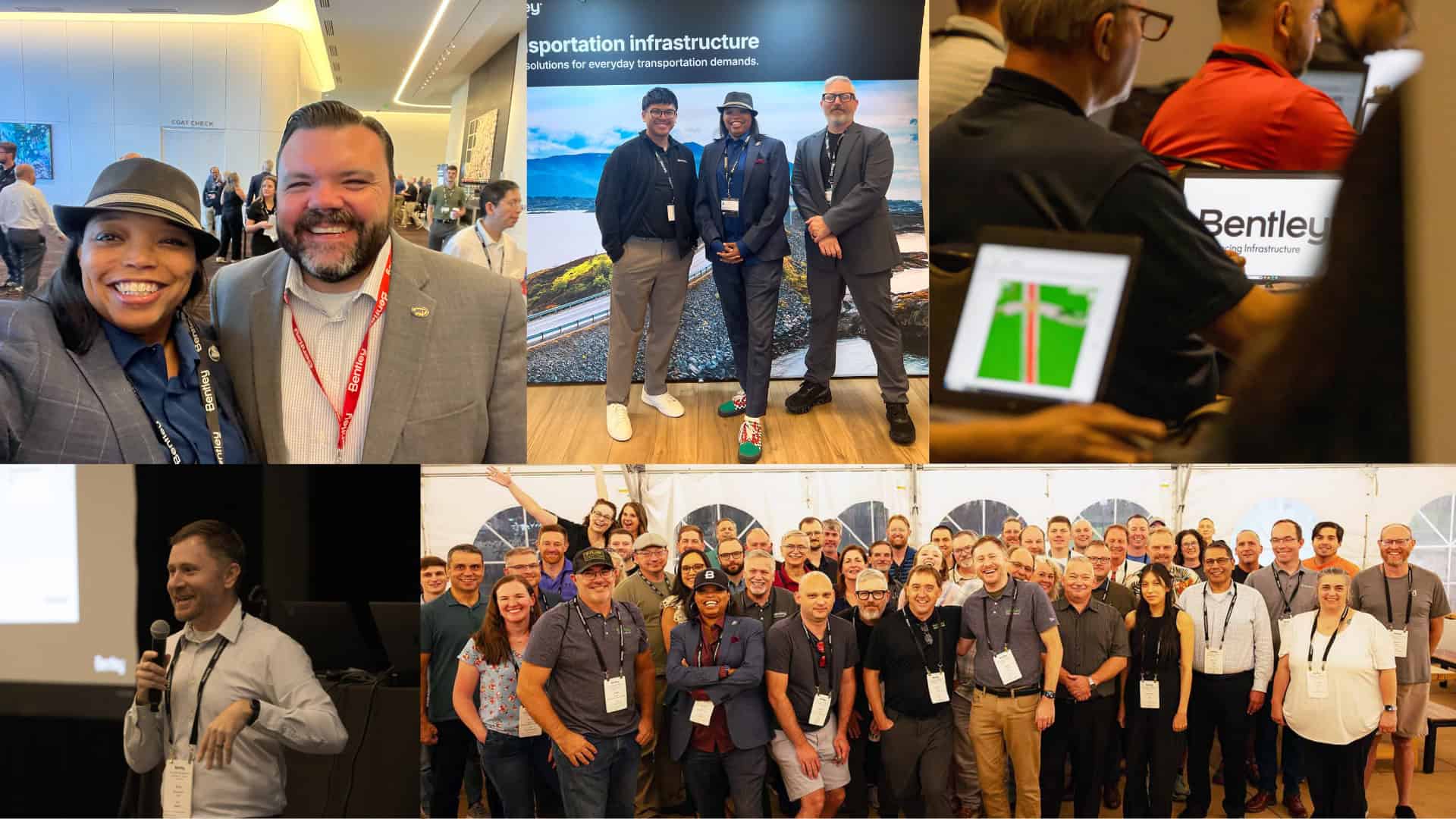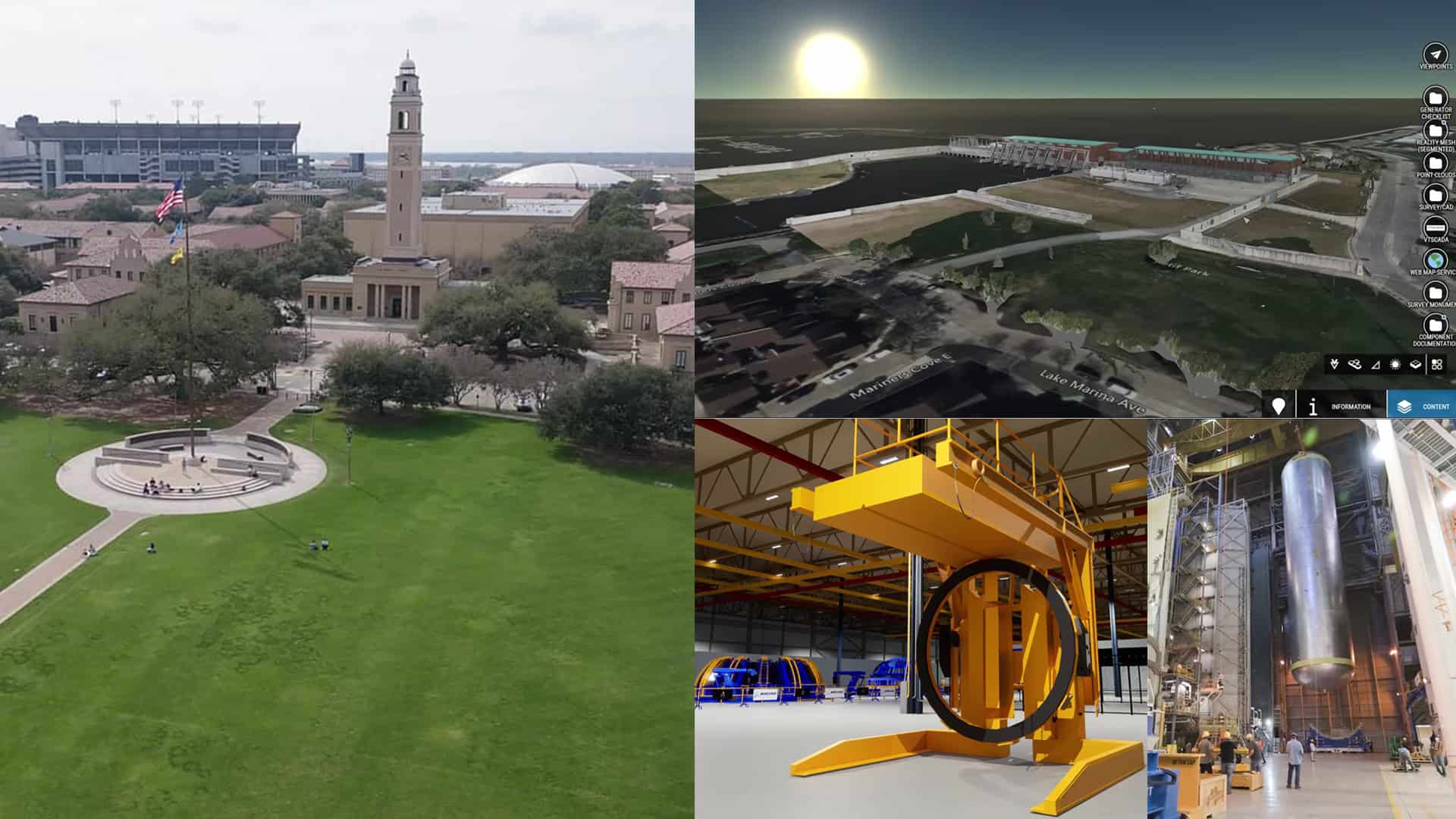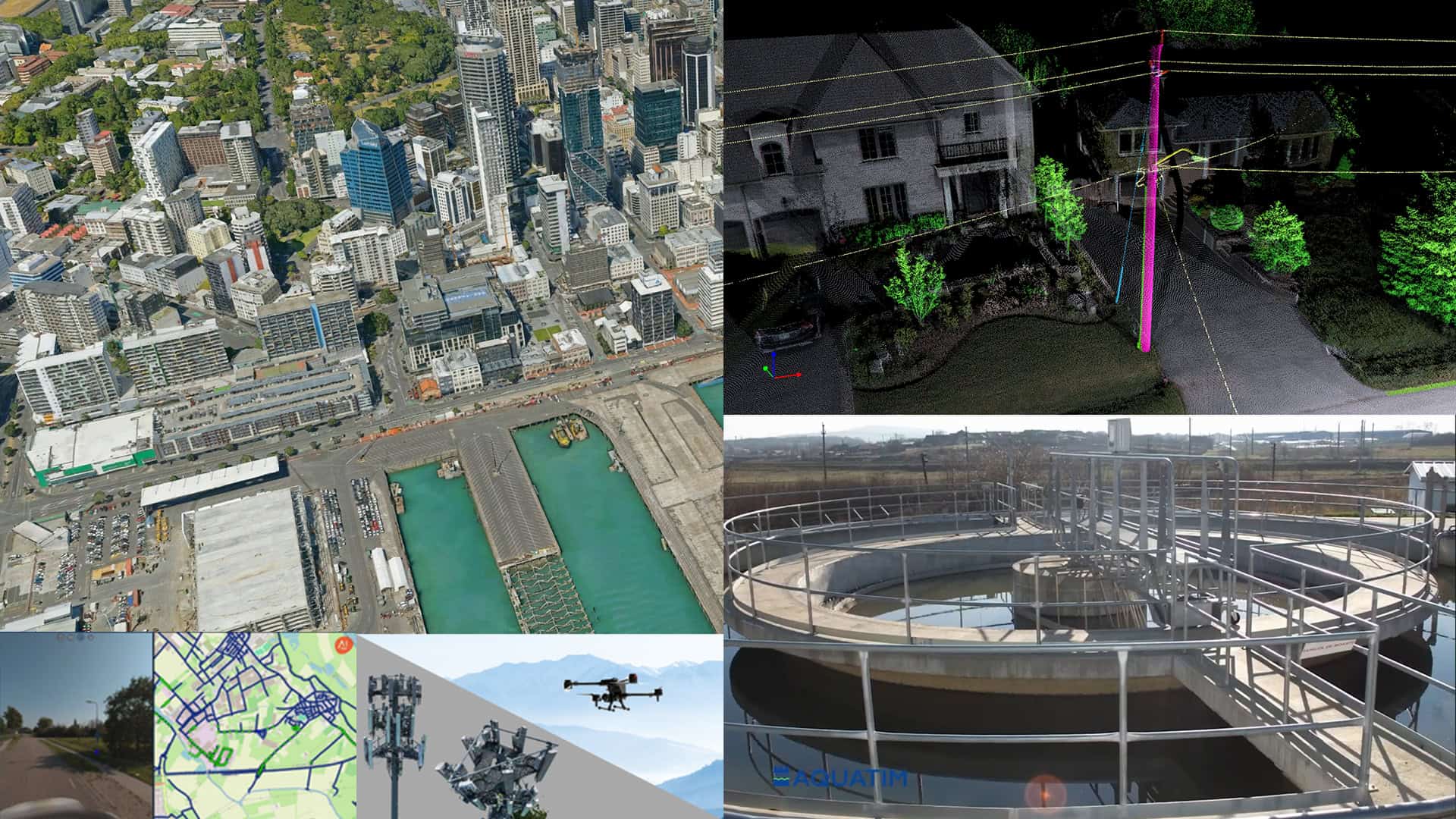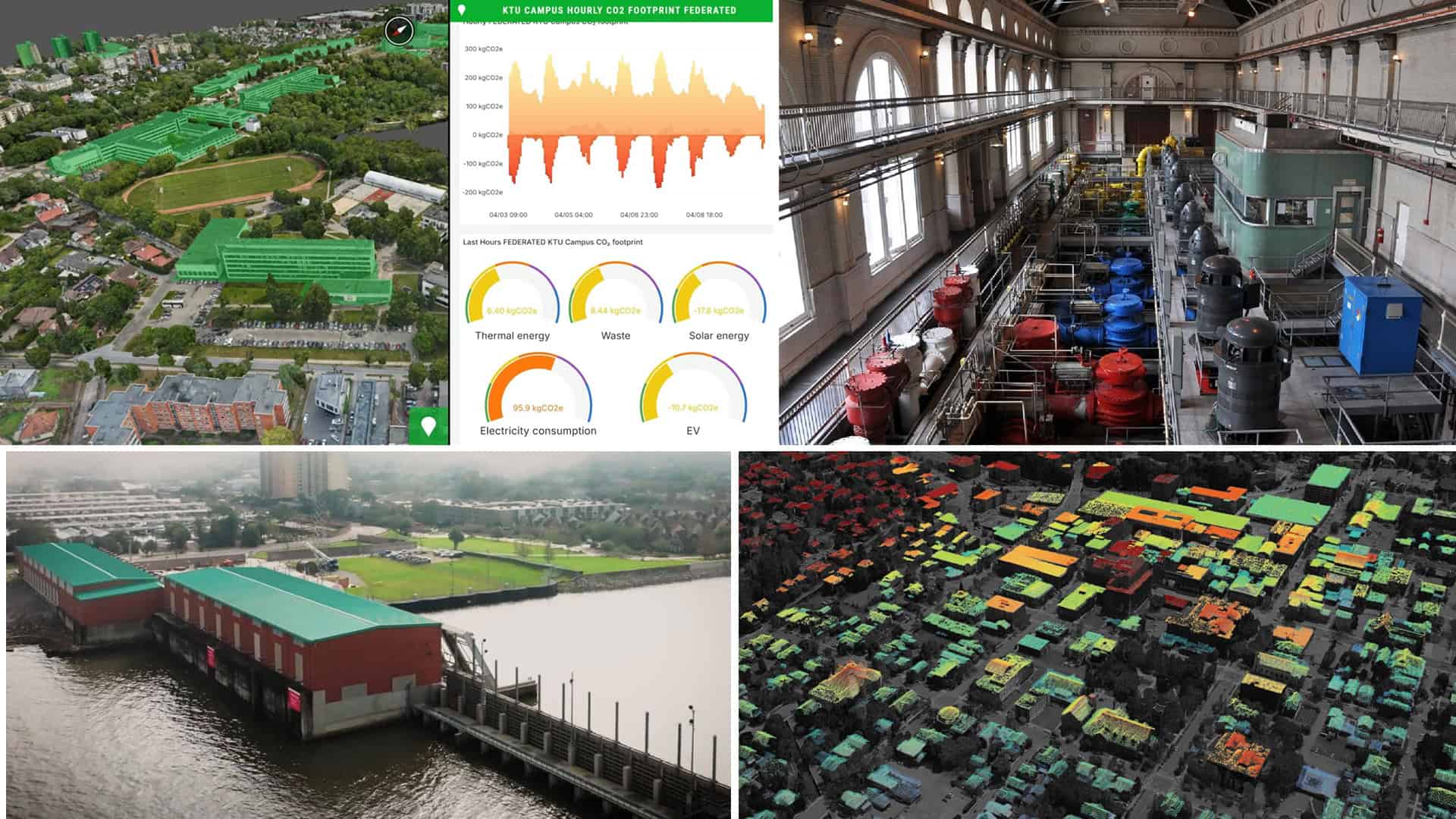Philadelphia can claim a variety of firsts — from where the first general-purpose digital computer was built to being home to the country’s first botanical garden. Let’s add another one: Hosting the inaugural Cesium Developer Conference, an event that brings together a robust community of professionals, builders, and innovators shaping the future of geospatial technology.
The 2025 Cesium Developer Conference, running June 23-25, will bring together a community of experts to share and build on their knowledge in a field that is transforming the modern world. Geospatial technology is integral to everything from predicting extreme weather and tracking real-time traffic to mapping critical infrastructure, monitoring construction sites, managing underground utilities, and responding to natural disasters. Using location-specific data and high-fidelity imaging, the geospatial industry is projected to reach $1.2 trillion in sales by 2030.
 Cesium Developer Conference 2025, June 23-25, Philadelphia.
Cesium Developer Conference 2025, June 23-25, Philadelphia.The Philadelphia gathering, hosted by Cesium, Bentley Systems’ geospatial company, also underscores the huge potential of an open geospatial ecosystem, where developers, users, and vendors seamlessly exchange data to collaboratively drive innovative solutions. “The conference marks an inflection point for Bentley to demonstrate our commitment to growing and empowering the open geospatial ecosystem,” said Chris Andrews, Bentley’s vice president of platform integrations and conference chairperson.
That commitment received a boost when Bentley, the infrastructure engineering software company, acquired Cesium in September 2024. The deal combined the leading platforms and developer communities for the built and natural environment through a complementary mashup of digital twins and 3D geospatial visualization.
 Philadelphia’s skyline, rendered using Cesium for Unreal in Unreal Engine with Google Photorealistic 3D Tiles, streamed via Cesium ion.
Philadelphia’s skyline, rendered using Cesium for Unreal in Unreal Engine with Google Photorealistic 3D Tiles, streamed via Cesium ion.Together, Cesium and iTwin allow developers to create highly detailed digital twins by seamlessly integrating 3D geospatial data with engineering, subsurface, IoT, reality, and enterprise information. These digital twins scale from massive infrastructure networks to individual, millimeter-accurate assets, offering views from land, sky, sea, and from outer space to deep below Earth’s surface.
“Open standards give users freedom of choice for their tools, the capacity to integrate with and extend the software they use, the confidence to work with their data in the long run, and the flexibility given by increased interoperability,” said Julien Moutte, chief technology officer at Bentley. The company has embraced openness as a core principle since developing its iTwin Platform for infrastructure digital twins.
Patrick Cozzi, Cesium founder and Bentley’s chief platform officer, adds: “With open standards, companies and developers come together to contribute their best solutions, and everyone benefits.”
From Startups to Industry Giants
The conference will feature close to 90 community-driven sessions covering six themes: AEC (architecture, engineering, and construction) and Digital Twins; Climate and Disaster Resilience; Aerospace and Defense; 3D, Artificial Intelligence (AI), and Data Technology; Market and Education; and Cesium, iTwin, and 3D Tiles.
The biggest concentration of talks will focus on AEC and digital twin implementations. AEC firms are using a combination of Cesium and Bentley tools to design, build, manage, and maintain critical infrastructure.
In addition to product updates from the Cesium and iTwin teams, the agenda includes user presentations and demos from startups like Aero AI, global enterprises such as Arcadis, Lockheed Martin, and Mott MacDonald, and government agencies including NASA and NOAA. Leaders from Google, Epic Games, NVIDIA, Geospatial World, and the Open Geospatial Consortium (OGC) will offer big-picture context on current trends, tools, and applications.
The Khronos Group, a nonprofit industry consortium that includes Cesium and Bentley as members, along with Google, NVIDIA, Intel, and other organizations, developed over 20 widely used open interoperability standards for 3D graphics, parallel processing, and machine learning. At the conference, they will host a forum to gather feedback on the direction of the glTF (graphics language transmission format) open standard, designed for efficient transmission and loading of 3D scenes and models.
Into the Great Wide Open
 Satellite imagery of the Earth from NASA’s Blue Marble Next Generation dataset made available through Cesium ion and rendered in Unreal Engine with Cesium for Unreal.
Satellite imagery of the Earth from NASA’s Blue Marble Next Generation dataset made available through Cesium ion and rendered in Unreal Engine with Cesium for Unreal.Cesium is recognized as the foundational open platform for creating powerful 3D geospatial applications. It originated and actively contributes to 3D Tiles, an OGC community standard widely embraced by leading enterprises and government organizations. Globally, tens of thousands of application developers use Cesium technology to manage, visualize, and stream massive 3D geospatial datasets that create immersive, video game-like experiences reflecting the real world. It’s been used for everything from space exploration and deep-sea discovery to the 2024 Summer Olympics in Paris.
Cesium ion is Cesium’s 3D content optimization, streaming, and hosting service that fields over 300 million monthly requests from more than 30,000 active users. It’s an open-source JavaScript library, CesiumJS, that has been downloaded more than 10 million times.
Bentley’s iTwin Platform powers digital twins used by engineering and construction firms and owner-operators to design, build, and operate the world’s infrastructure. The combination of Cesium, open data, and iTwin enables developers to seamlessly align 3D geospatial data with engineering, subsurface, IoT, reality, and enterprise data. Together, this information creates digital twins with astonishing user experiences that scale from vast infrastructure networks to the millimeter-accurate details of assets.
“Bentley was an early adopter of 3D Tiles and CesiumJS, well before 3D geospatial was a thing,” Cozzi wrote in a September 2024 LinkedIn post. “Bentley’s DNA fits like a glove with Cesium—an enthusiasm for open source, open standards, and open APIs to empower developers.”
Jay Moye 










